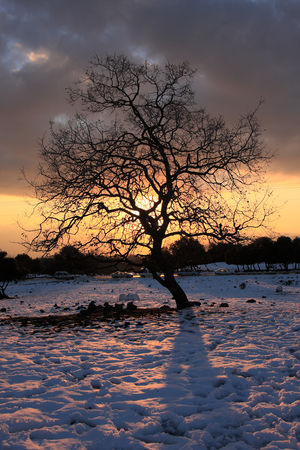
In doing some reading on the history and folklore of tomatoes, many of the articles I came across indicated that tomatoes are "evil", or were "evil" in the past - associated with deadly nightshade plants. In German folklore, some said that witches used nightshade plants to evoke werewolves, giving the tomato the common name that translated to “wolf peach”. The tomato, was also known as "poison apple" and was feared by most for over 200 years. Alexander W. Livingston started a seed company, in Ohio, in 1852 and while his mother had told him that tomatoes were poisonous and pointed out that "even the hogs won't eat them," he was fascinated with the wild tomatoes that he encountered in nature. He worked to "improve" the wild tomato for twenty years, and introduced his first hybrid tomato, the Paragon, to the market in 1870 (Today, 20+ varieties of his tomatoes are still available in seed, and are called "heirloom"). It seems that all fears were settled by 1897, when Joseph A. Campbell invented a way to can and to preserve condensed tomato soup. Just add Andy Warhol's famous Campbell soup label and all traces of evil are gone. Except perhaps in 1978, with the release of the movie Attack of the Killer Tomatoes. In our garden this year, we are growing three types of heirlooms (thank you Alexander W. Livingston) - a Cherokee Purple, a Pink Brandywine, and a German Queen. We are also growing Super Fantastics, several Romas, and some Husky Reds...along with beans, squash, zucchini, eggplant, melons, peppers, and more. Peak tomato season is upon us and we have the wonderful problem of trying to keep up with them all - canning, freezing, stewing, sauces, salsas, juices, and more. And while we don't have hogs to test if they are better than the original wild tomatoes of days long past, one thing is for sure - tomatoes are divine. Evil they are not.
"The tomato offers its gift of fiery color and cool completeness." -Pablo Neruda





